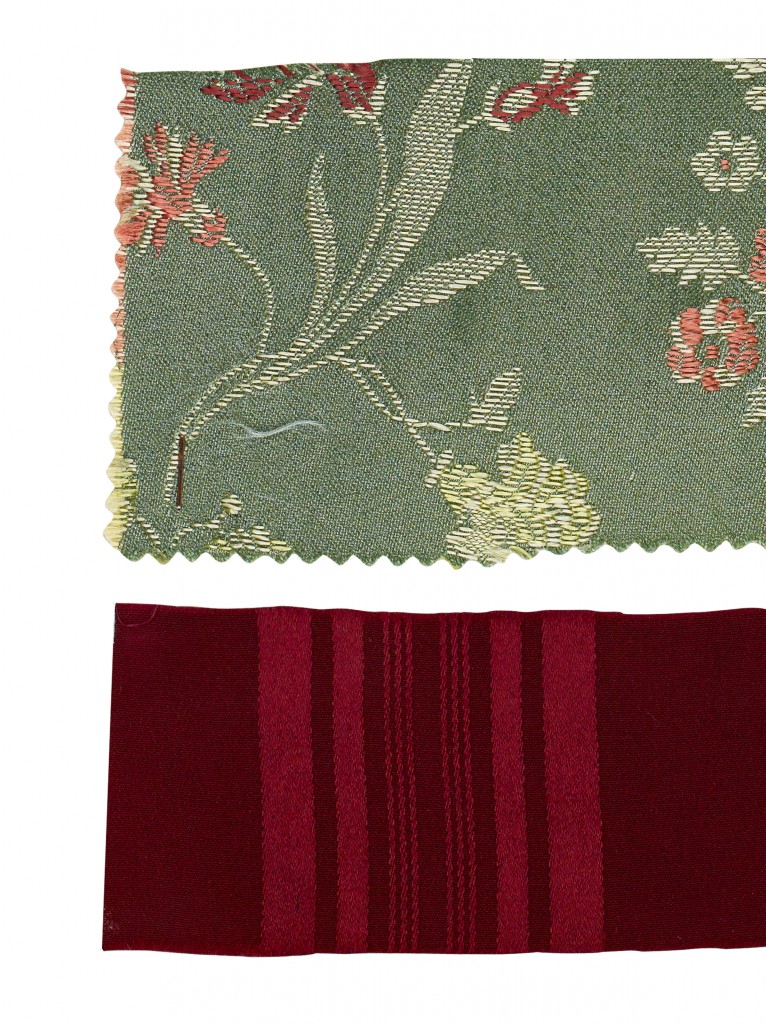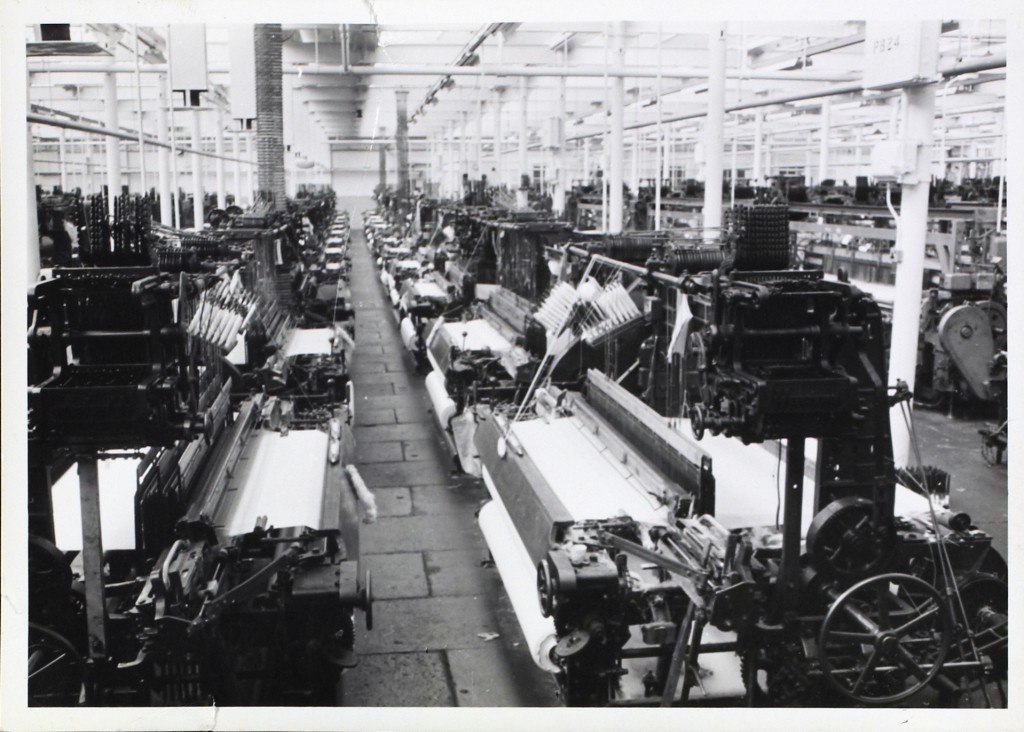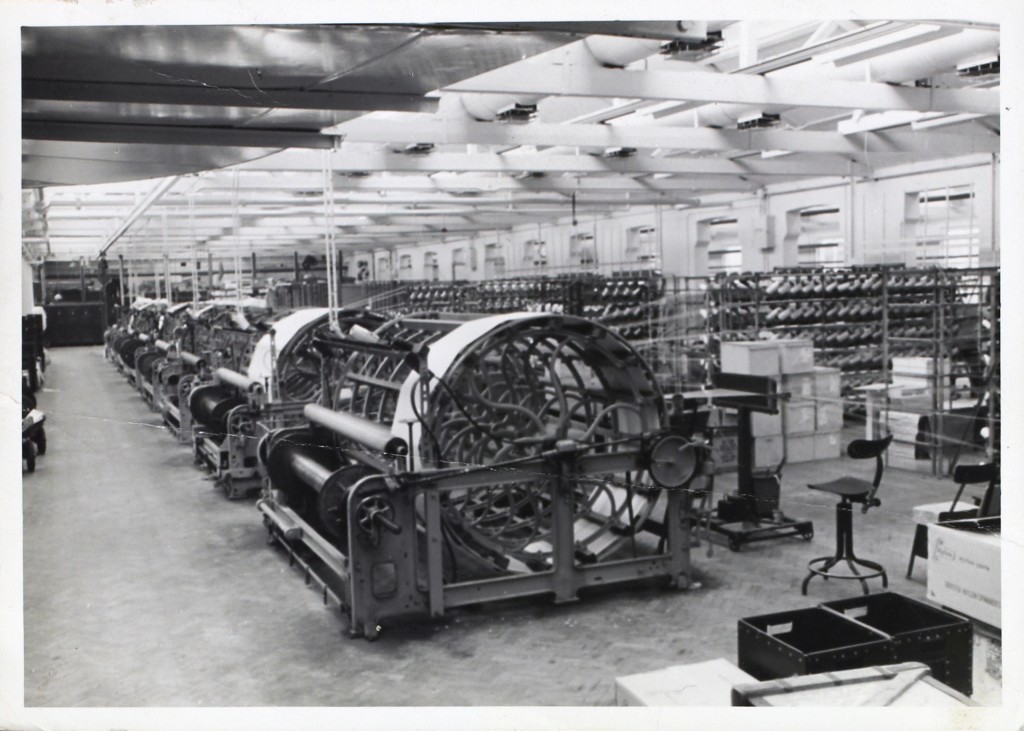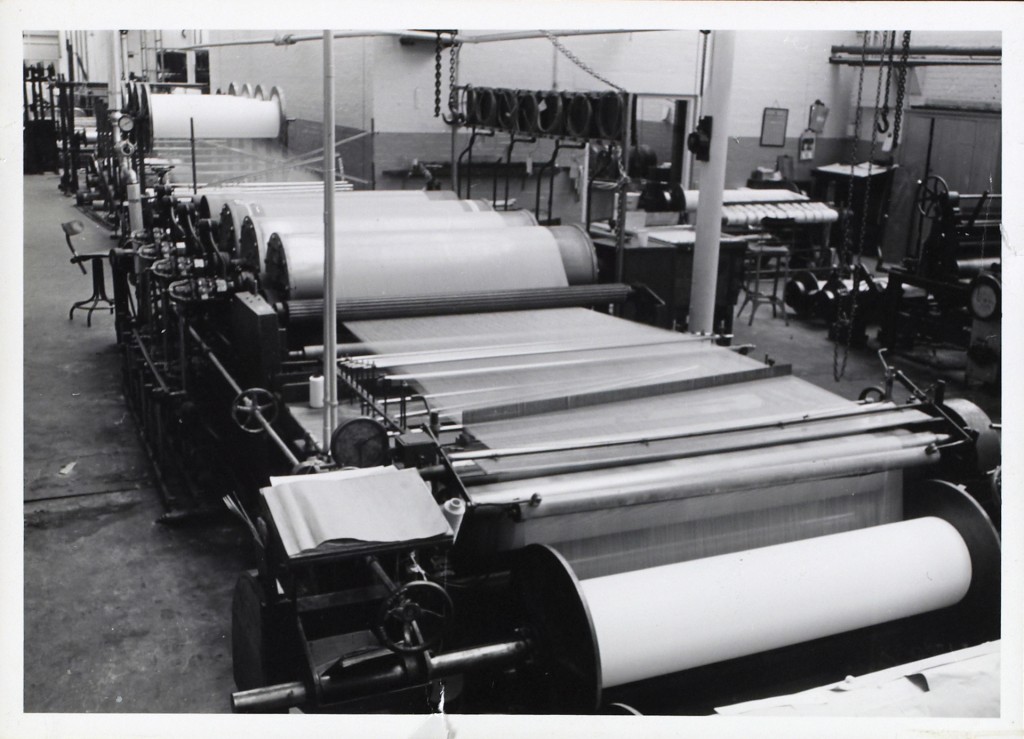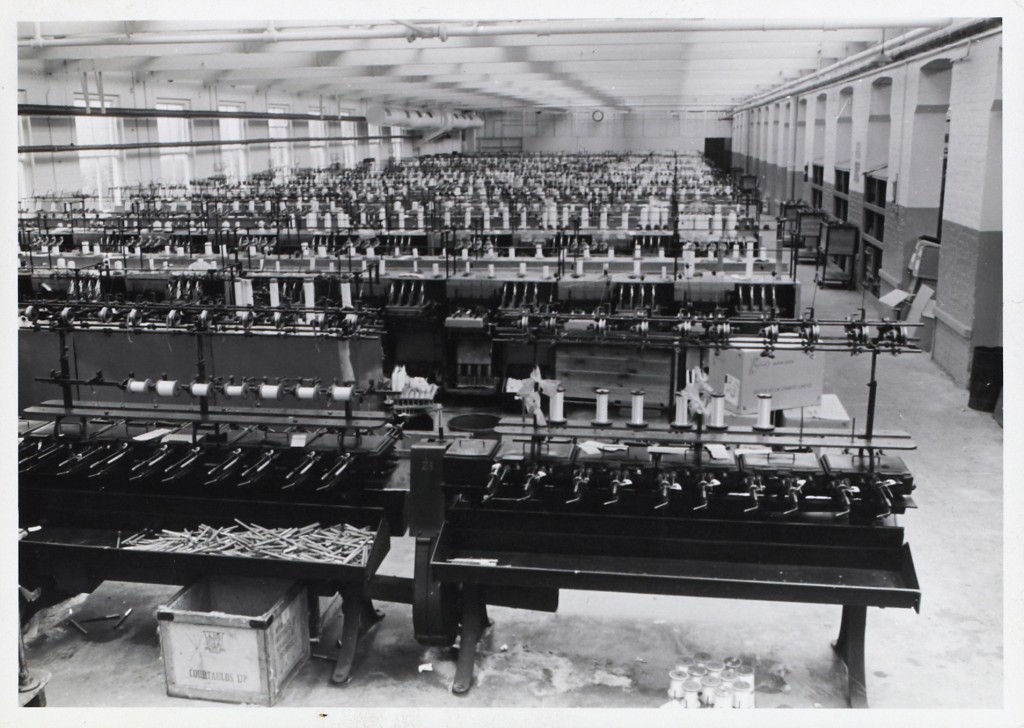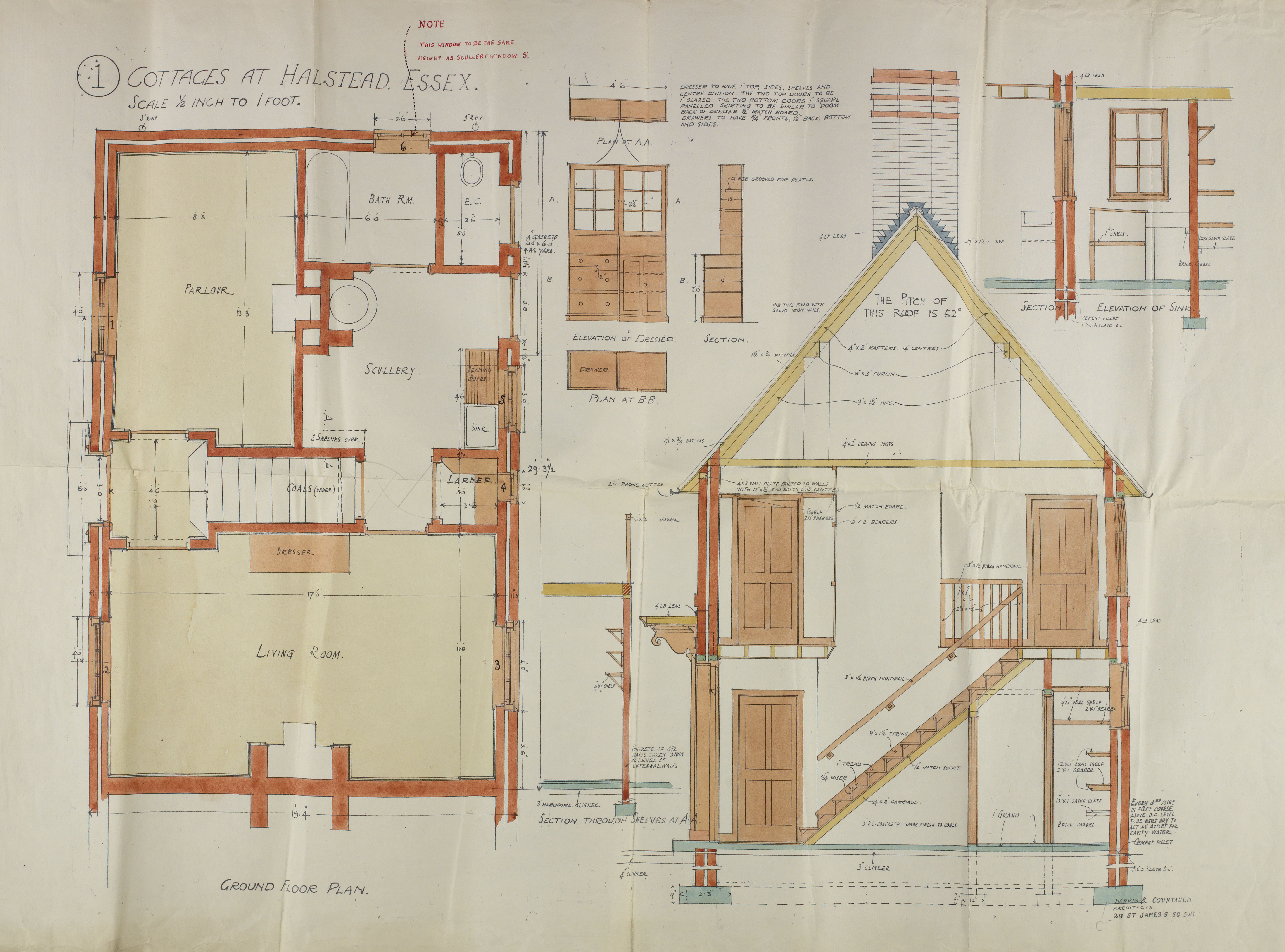We have already introduced you to two of our speakers for jam packed day of talks on the 7th March, our next introduction is for John Miners.

John has many years experience in textiles, starting his career with Samuel Courtauld & Co. Ltd in Essex. He has been involved in the sourcing and supply of historic fabrics for many restoration projects both in the United Kingdom, Europe, and the USA. His background is technical, rather than design based, and he has knowledge of the production techniques used to produce textiles in past centuries, as well as studying the social history aspects involved in the manufacture of fabrics.
In January 2018 he was appointed as Director of the Warner Textile Archive Trading Company Ltd. This archive is a rich design resource documenting the successes and innovation of Warner & Sons from the late 1800s. Owned by the Braintree Museums Trust, this Collection, the second largest archive of publicly owned textiles in the UK, comprises stunning textiles and inspirational paper designs, as well as original printing blocks, photographs and other documentary material.

John will be talking about how the local textile industry moved from the home into factories, changing from wool to silk. He will look at how Samuel Courtauld & Co changed their production methods of silk yarn using various forms of power: from hand to donkey to water to steam, then exploring the move into the production of mourning crape using machinery built to their own designs in their own workshops. In addition the history of the company up until closure in 1982 will be examined, giving information about the changes in technology.
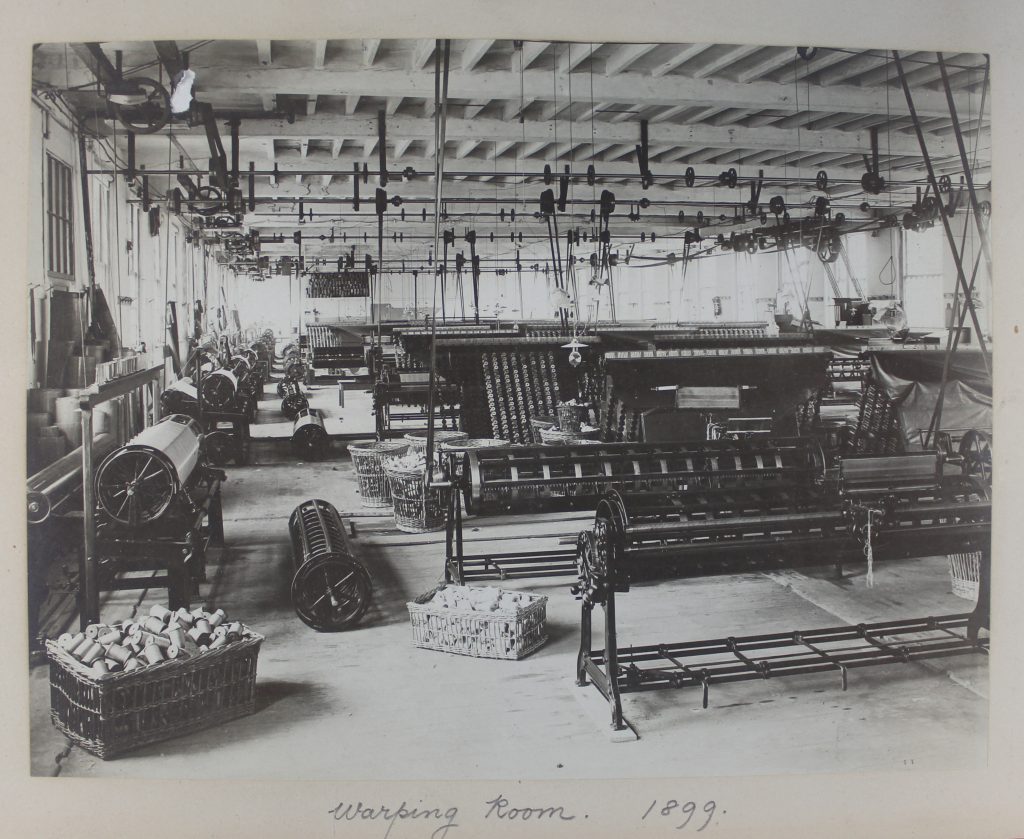
Hopefully you will be able to join us for this fascinating subject on the 7th March. To secure your ticket, visit our website
http://www.essexrecordoffice.co.uk/events/back-to-the-future-the-impact-of-science-across-essex/
We are only half way through our introductions, so keep an eye out here on our blog for more sneaky peeks at what our speakers will be talking about.
Part of:


